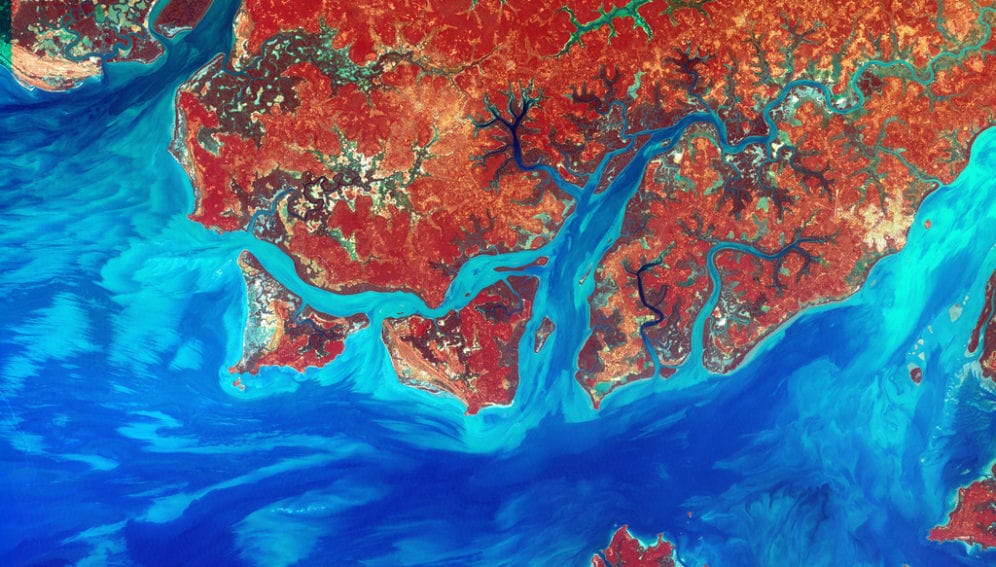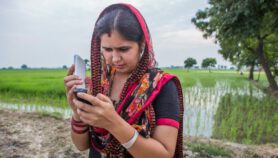By: Giovanni Sabato
Send to a friend
The details you provide on this page will not be used to send unsolicited email, and will not be sold to a 3rd party. See privacy policy.
The first map of detailed information on worldwide land cover collected using uniform international standards, the Global Land Cover-SHARE database, was released in March by the UN Food and Agriculture Organization (FAO). Experts say it will help to improve research into natural resources and monitor global environmental changes.
“It is more precise and accurate than any other available product,” John Latham, who directs the project at the FAO, tells SciDev.Net. It is the first land cover database compliant with ISO standards on definitions and procedures related to land cover classification.
The number of people around the world using land cover information is increasing at an unprecedented rate, he says.
But determining whether an area is covered by crops or trees, shrubs or bare soil, often involves interpreting satellite images and other data, Latham adds. And different organisations and countries process and record this information using different criteria, so it was previously difficult to compare information from the many available databases, he says.
“We took the best available national and international data sets, built with high-resolution images, and we fused them in a global database with a resolution of approximately one square kilometre,” he says.
His team then classified land cover using 11 categories according to the Land Cover Classification System, an international set of standard definitions and procedures developed by the FAO and the UN Environment Programme.
The database divides the earth’s surface into units of one square kilometre, which the researchers call ‘points’, and describes the percentage of these taken up by various types of covering, such as water, grassland or artificial surfaces.
The database was quality controlled by checking it with the actual land cover on the ground at 1,000 randomly chosen sites.
“The proportion of correctly classified points is 80 per cent, a big improvement over previous databases. It should improve with future updates, planned every two years, or more frequently for important areas in rapid change,” Latham says.
“The database is valuable because it presents one of the most current snapshots of global land cover.”
Fred Stolle, World Resources Institute
The database can be used to assess natural resources, global water data, desertification, deforestation or food security studies, says Latham. For example, it has been incorporated into the FAO’s Global Agro-Ecological Zones portal, a database of agricultural resources and crop yields and their projections under different climate scenarios.
Latham adds: “It can be considered the baseline for global climate models, land use and land cover change analysis and forestry assessment.”
Fred Stolle, programme manager for the Forest Landscape Objective at research organisation the World Resources Institute, says the database “is valuable because it presents one of the most current snapshots of global land cover”.
It was made with good data practices and extensive descriptions of the data, using globally consistent methods, he adds.
But Carlo Paolini, a biodiversity and conservation consultant at the Observatory for the Forests of Central Africa, is less enthusiastic.
The database is too focused on agricultural, forestry and pastoral management, he tells SciDev.Net. “It does not have enough information on biodiversity and conservation issues such as conservation hotspots,” he says. “And there are not comprehensive annotations or analyses by specialists to help in data interpretation in these fields.”
But Latham says the database is sufficient to assess several conservation issues, such as monitoring habitat fragmentation.
“And we can examine the underlying info at higher resolution for local applications or superimpose it onto other databases for specific purposes,” he adds.
Regarding data interpretation, the use of uniform definitions is already a big improvement, he says.
Latham says: “It took us one year to assemble the database. But we spent over ten years developing the standardised classification system.”
> Link to Global Land Cover-SHARE














